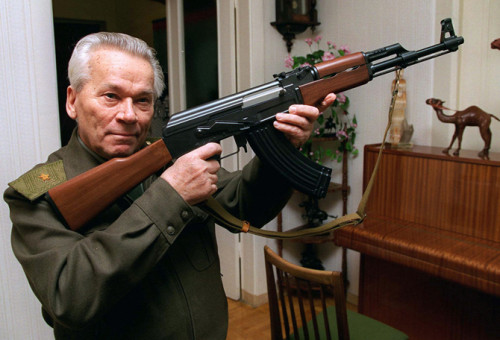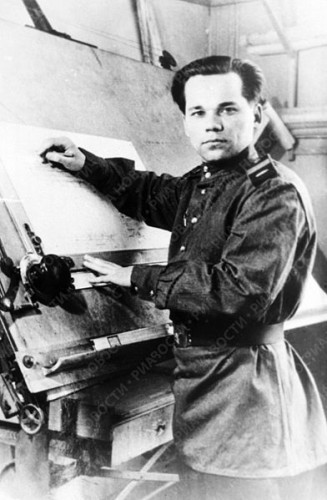A Brief History of Beer Gardens
Unlike the ales that constituted all the world’s beer before the middle of the nineteenth century, the lager yeasts discovered in Bavaria at that time required a different type of fermentation. Ales — produced through the addition of top-fermenting yeast — ferment rapidly, at warm temperatures. Lagers, contrarily, depend on a slow, cool fermentation, ideally at temperatures between 45–56 degrees Fahrenheit. And after fermentation is complete, they need to be stored and aged for several months, at even cooler temperatures.
This was an era before refrigeration, however, so Bavarian brewers dug out large underground cellars for stashing the barrels while the beer “lagered.” To ensure fuller protection from the sun, they then scattered gravel over the ground and planted leafy chestnut and linden trees, which, as they grew, would provide ample shade from the sun.
Someone did the math. Shade, gravel, beer — all just off the banks of Munich’s Isar River, which provided an additional source of cooling for the beer. Put some tables and chairs outside, and start the taps. Beer garden culture was born.

